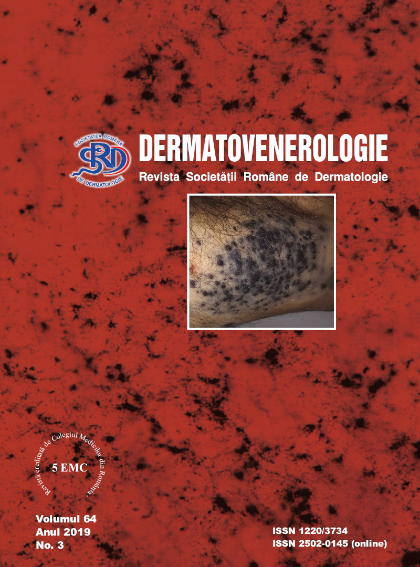Abstract
Human skin was assigned the role of the largest
peripheral endocrine organ and its functions are
intensely studied in the field of dermato-endocrinology.
Endocrinologic disbalances can affect cutaneous
homeostasis and lead to the development of various
diseases, including adult female acne. With an increasing
incidence worldwide, adult acne is a chronic inflammatory,
immune-mediated disease of the pilosebaceous unit,
with multifactorial etiology, including genetic and
hormonal factors. It results mainly from the peripheral
hyperandrogenism of the pilosebaceous unit, with normal
circulating hormone levels. The role of hormonal testing
in this pathology has been largely debated and there is
no consensus about the need of performing specific tests.
The aim of this review is to describe the hormonal factors
involved in the pathogenesis of adult female acne and to
outline the recommendations regarding hormonal testing
in this disease.
General reviews
ADULT FEMALE ACNE. HORMONAL CONCEPTS AND DIAGNOSIS


